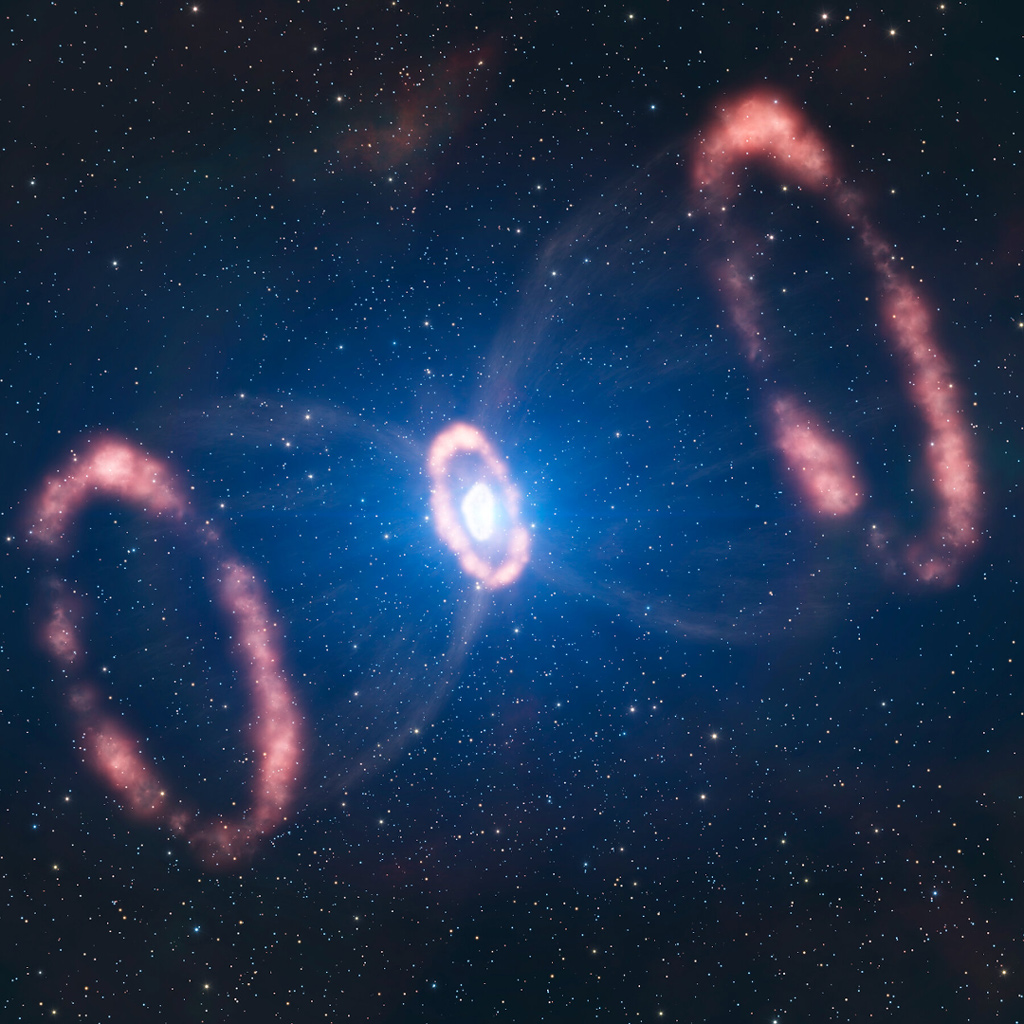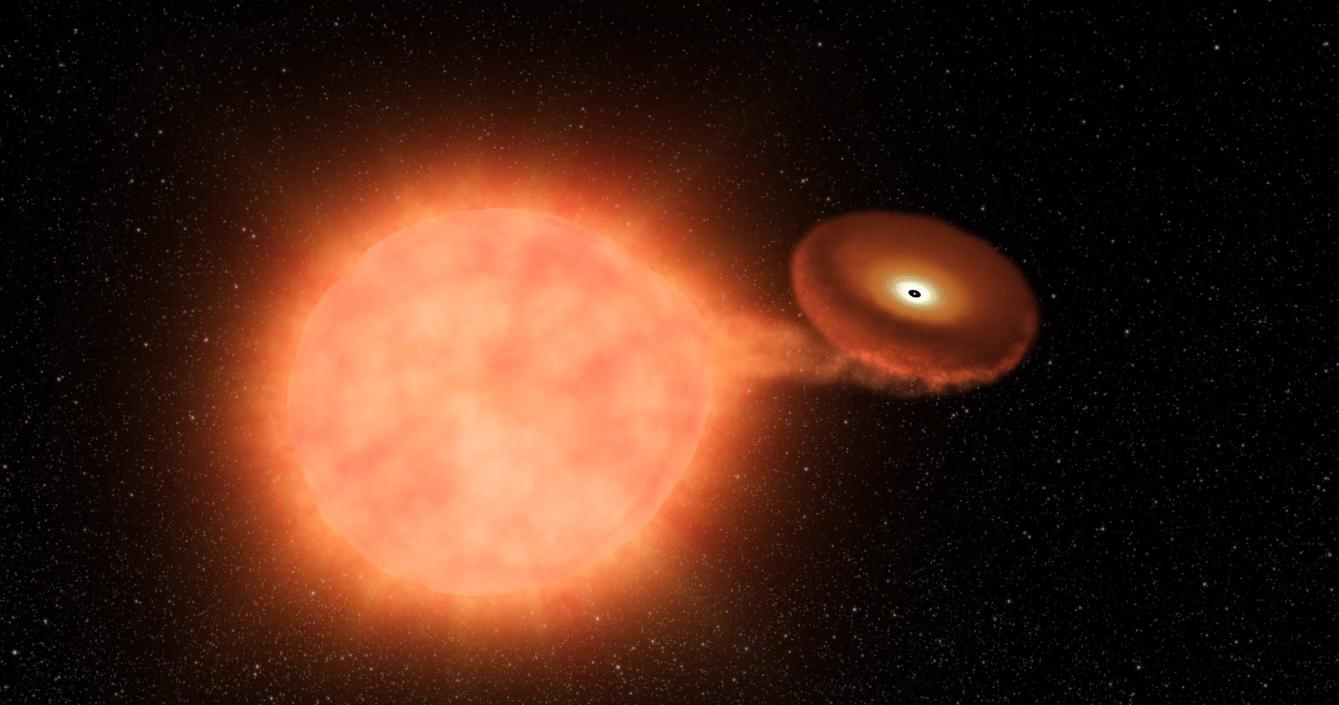
Although typically invisible to the naked eye, the night sky is always ablaze with high-energy explosions from the universe’s most exotic events. Unistellar/SETI Institute citizen astronomers can now bring these cosmic explosions into view with a new Cosmic Cataclysms science program.
Thanks to the partnership between the SETI Institute and Unistellar, and support from the Richard Lounsbery Foundation, citizen astronomers can now be among the first to witness cataclysmic events, like supernovae and gamma-ray bursts, and help astronomers discover what caused them. These cosmic explosions are crucial to astronomical studies because they are some of the most energetic events in the known universe. For example, large enough stars explode in a dramatic last gasp called a supernova, which can briefly outshine an entire galaxy’s worth of stars combined. They also create and spread key elements, such as carbon and oxygen, which become the building blocks of planets and life as we know it. GRBs, however, are the most energetic and luminous events since the Big Bang! Astronomers think these can occur when an extremely massive star goes supernova and collapses into a black hole.

Luckily, along with some very high-energy radiation, these events can shine brightly in the night sky, but only for a short period – making them transient events. With the first light of the Vera C. Rubin Observatory and its groundbreaking Legacy Survey of Space and Time approaching, new transient objects loom beyond for us to discover, and the Unistellar Network will be there to catch them. Because this is a global network, observers can capture data as soon as an event happens, which many professional telescopes cannot do. By capturing a cataclysmic event’s increase in brightness and subsequent fading, Unistellar observers can help astronomers deduce everything from the type of object that spawned it to the interstellar material surrounding it. The new Cosmic Cataclysms program identifies these transient objects for observers within minutes of their discovery using a newly developed alerts system, which receives notifications from the Zwicky Transients Facility (ZTF) through the Automatic Learning for the Rapid Classification of Events (ALeRCE) broker. ZTF images the entire northern sky every two nights, and ALeRCE processes its data stream in real-time using artificial intelligence to preliminarily classify new objects – like possible supernovae, quasars, and more – that ZTF finds. After the ALeRCE system sends a notification of a new event, Unistellar funnels the most interesting and brightest ones into its new system that automatically alerts observers of an exciting object to chase.

With this new science program and its alerts, amateur astronomers can now participate in research on the highest-energy events in astrophysics. “Unique information is encoded in the earliest light from these explosions, but professional telescopes can't observe them all right away. That’s why our network's ability to gather data within minutes of a supernova or GRB alert will give us crucial new insights about them,” says Dr. Tom Esposito, SETI Institute Researcher and lead of the Cosmic Cataclysms program as Space Science Principal at Unistellar. Developments like these allow collaborations between professional and citizen scientists to flourish, opening up the universe around us. You can find out more about Unistellar’s Cosmic Cataclysms program here.





